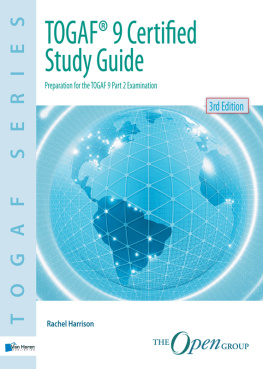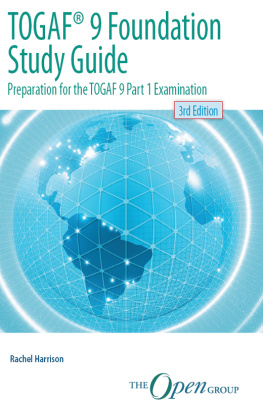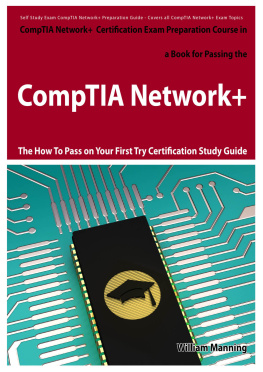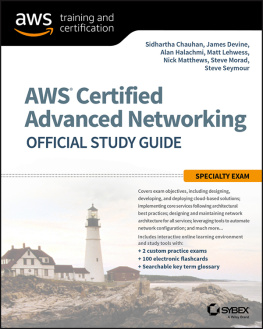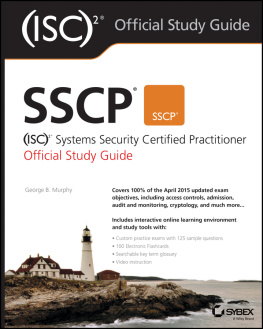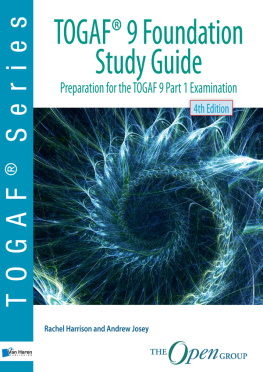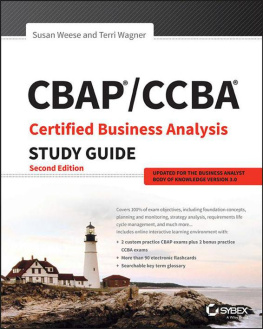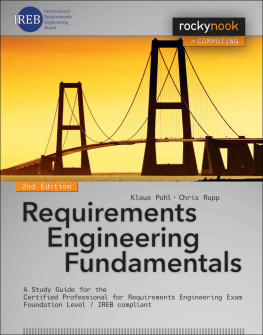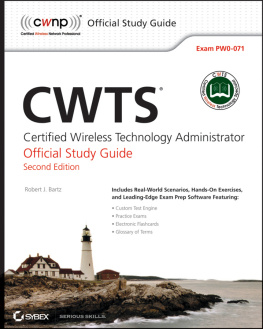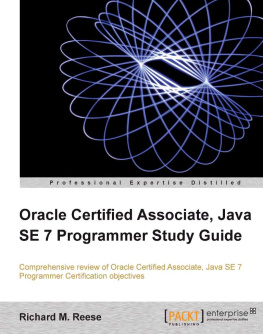TOGAF 9 Certified
Study Guide 3rd Edition
The Open Group Publications available from
Van Haren Publishing
The TOGAF Series:
TOGAF Version 9.1
TOGAF Version 9.1 A Pocket Guide
TOGAF 9 Foundation Study Guide 3rd Edition
TOGAF 9 Certified Study Guide 3rd Edition
The Open Group Series:
Cloud Computing for Business The Open Group Guide
ArchiMate 2.1 Specification
ArchiMate 2.1 A Pocket Guide
ArchiMate 2 Certified Study Guide
The Open Group Security Series:
Open Information Security Management Maturity Model (O-ISM3)
Open Enterprise Security Architecture (O-ESA)
Risk Management The Open Group Guide
All titles are available to purchase from:
www.opengroup.org
www.vanharen.net
and also many international and online distributors.
TOGAF 9
Certified
Study Guide
3rd Edition
Prepared by Rachel Harrison of Oxford Brookes University

Title: | TOGAF 9 Certified Study Guide - 3rd Edition |
Series: | TOGAF Series |
A Publication of: | The Open Group |
Author: | Prof. Rachel Harrison |
Publisher: | Van Haren Publishing, Zaltbommel,
www.vanharen.net |
ISBN: | 978 90 8753 758 6 |
Edition: | Third edition, first impression, October 2013 |
Layout and Cover design: | CO2 Premedia, Amersfoort NL |
Print: | Wilco, Amersfoort NL |
Copyright: | 2010-2013 The Open Group
All rights reserved |
No part of this publication may be reproduced, stored in a retrieval system, or transmitted, in any form or by any means, electronic, mechanical, photocopying, recording, or otherwise, without the prior permission of the copyright owner.
The views expressed in this Study Guide are not necessarily those of any particular member of The Open Group.
In the event of any discrepancy between text in this Study Guide and the official TOGAF documentation, the TOGAF documentation remains the authoritative version for certification, testing by examination, and other purposes. The official TOGAF documentation can be obtained online at www.opengroup.org/togaf.
TOGAF9 Certified Study Guide - 3rd Edition
Document Number: B134
Comments relating to the material contained in this document may be submitted to:
The Open Group
Apex Plaza
Forbury Road
Reading
Berkshire, RG1 1AX
United Kingdom
or by electronic mail to: ogspecs@opengroup.org
For any further enquiries about Van Haren Publishing, please send an email to: info@vanharen.net.
Contents
Preface
This Document
This document is a Study Guide for TOGAF 9 Certified. It is based on Version 2 of the TOGAF Certification for People Conformance Requirements and is aligned to TOGAF Version 9.1. This third edition contains minor updates to remove references to the TOGAF 8-9 Advanced Bridge Examination and also adds four bonus practice examination questions to Appendix B.
It gives an overview of every learning objective for the TOGAF 9 Certified Syllabus beyond the Foundation level, and is specifically designed to help individuals prepare for certification.
The audience for this Study Guide is:
Individuals who require a deeper understanding of TOGAF 9
Professionals who are working in an organization where TOGAF 9 has been adopted and who need to participate in architecture projects and initiatives
Architects who will be responsible for developing architecture artifacts
Architects who wish to introduce TOGAF 9 into an architecture practice
Architects who want to achieve a recognized qualification to demonstrate their detailed knowledge of TOGAF 9
This Study Guide assumes a prior knowledge equivalent to TOGAF 9 Foundation.
While reading this Study Guide, the reader should also refer to the TOGAF documentation and also available as a hardcopy book.
The Study Guide is structured as follows:
(Introduction) provides a brief introduction to TOGAF certification and the TOGAF 9 examinations that lead to TOGAF 9 Certified, as well as how to use this Study Guide.
and consists of a tour of the ADM phases:
describes the Preliminary Phase within the ADM. This chapter covers the preparation and initiation activities required to create an Architecture Capability.
describes Phase A: Architecture Vision. This chapter covers the initial phase of an Architecture Development Cycle. It includes information about defining the scope, identifying the stakeholders, creating the Architecture Vision, and obtaining approvals.
describes Phase B: Business Architecture. This chapter covers the development of a Business Architecture to support an agreed Architecture Vision.
provides an introduction to Phase C: Information Systems Architectures. The next two chapters describe the details of the two parts of Phase C.
describes the development of the Data Architecture within Phase C.
describes the development of the Application Architecture within Phase C.
describes Phase D: Technology Architecture. The Technology Architecture is used as the basis of the following implementation work.
describes Phase E: Opportunities and Solutions. This phase identifies major implementation projects and groups them into work packages that deliver the Target Architecture defined in the previous phases.
describes Phase F: Migration Planning. This phase develops a detailed Implementation and Migration Plan addressing how to move from the Baseline to the Target Architecture.
describes Phase G: Implementation Governance. This phase ensures that the implementation projects conform to the architecture.
describes Phase H: Architecture Change Management. This phase ensures that the architecture capability can respond to the needs of the enterprise as changes arise.
describes ADM Architecture Requirements Management, a process that applies throughout the ADM.
: Guidelines for Adapting the ADM consists of three chapters:
describes how to apply iteration to the ADM, and how to apply the ADM at different enterprise levels.
describes security considerations during the application of the ADM.
describes SOA as an architectural style.
: The Architecture Content Framework consists of a single chapter:
describes the Architecture Content Framework and the TOGAF Content Metamodel.
: The Enterprise Continuum consists of two chapters:
describes Architecture Partitioning.
describes the Architecture Repository, which is a model for a physical instance of the Enterprise Continuum.
: TOGAF Reference Models consists of two chapters:
describes the Technical Reference Model (TRM).
describes the Integrated Information Infrastructure Reference Model (III-RM).
: Architecture Capability consists of three chapters:
describes the relationship between Architecture Governance and the ADM. It also describes how to establish and operate an Architecture Board.
describes Architecture Maturity Models.
describes the Architecture Skills Framework.
provides a Practice Test for the TOGAF 9 Part 2 Examination.
provides provides four bonus practice questions for the TOGAF 9 Part 2 Examination.
Next page
